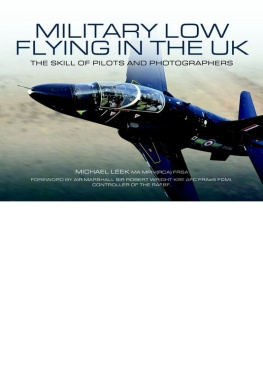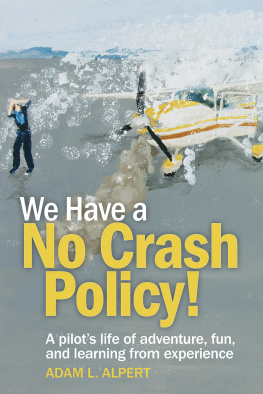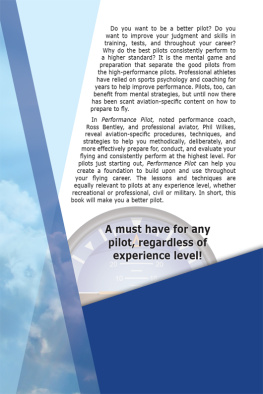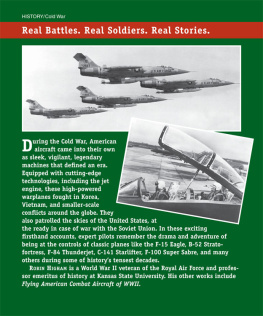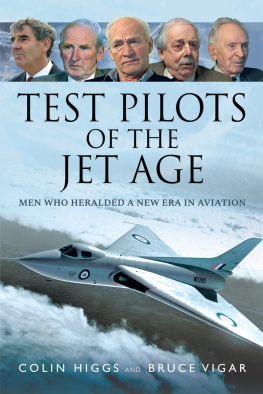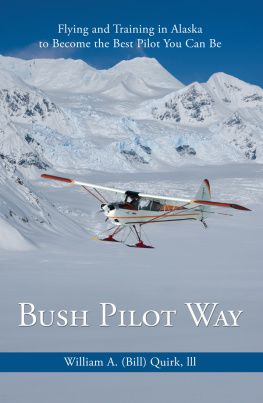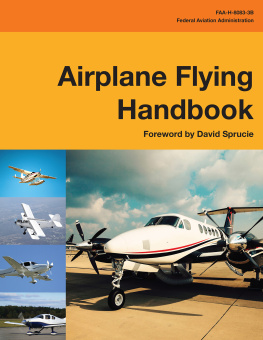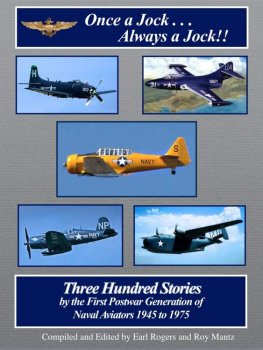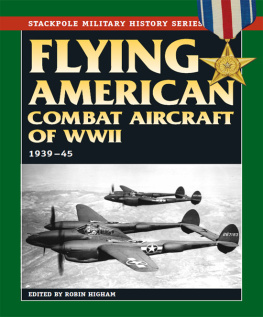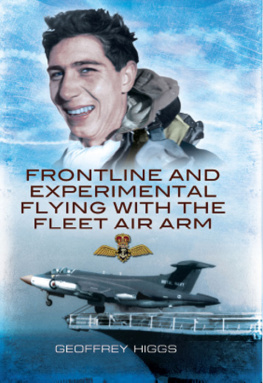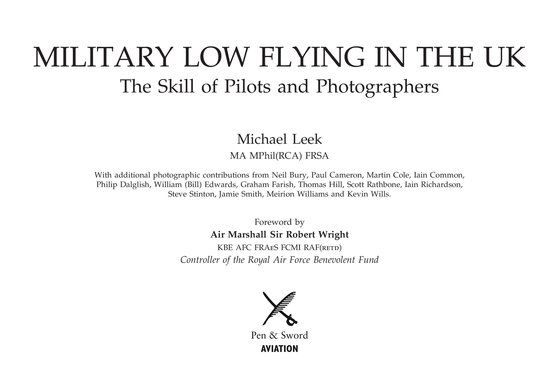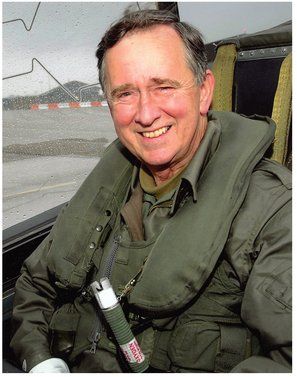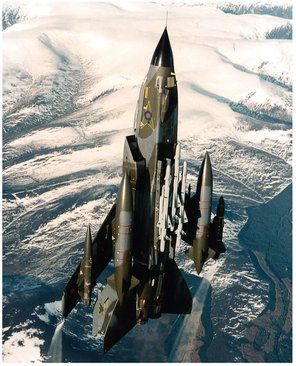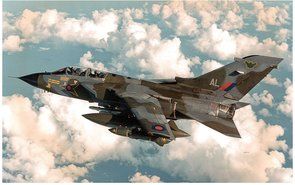To the personnel of the Royal Air Force, the Royal Navy, the British Army, the United States Air Force and others, who, by their skill and professionalism, contribute to the defence of the United Kingdom and, by so doing, have enabled the photographs in this book to be taken.
And to the memory of those aircrew who have sadly lost their lives in the service of their country whilst undertaking demanding but necessary low level flying training in United Kingdom air space.
First published in Great Britain in 2011 by
Pen & Sword Aviation
an imprint of
Pen & Sword Books Ltd
47 Church Street
Barnsley
South Yorkshire
S70 2AS
Copyright Michael Leek, 2011
9781783461127
The right of Michael Leek to be identified as author of this work has been asserted by him in accordance with the Copyright, Designs and Patents Act 1988.
A CIP catalogue record for this book is
available from the British Library.
All rights reserved. No part of this book may be reproduced or transmitted in any form or by any means, electronic or mechanical including photocopying, recording or by any information storage and retrieval system, without permission from the Publisher in writing.
Typeset in 11/13pt Palatino by
Concept, Huddersfield, West Yorkshire
Printed and bound by
Printworks International
Pen & Sword Books Ltd incorporates the Imprints of Pen & Sword Aviation, Pen & Sword Family History, Pen & Sword Maritime, Pen & Sword Military, Pen & Sword Discovery, Wharncliffe Local History, Wharncliffe True Crime, Wharncliffe Transport, Pen & Sword Select, Pen & Sword Military Classics, Leo Cooper, The Praetorian Press, Remember When, Seaforth Publishing and Frontline Publishing.
For a complete list of Pen & Sword titles please contact
PEN & SWORD BOOKS LIMITED
47 Church Street, Barnsley, South Yorkshire, S70 2AS, England
E-mail: enquiries@pen-and-sword.co.uk
Website: www.pen-and-sword.co.uk
By the same author
The Encyclopaedia of Airbrush Techniques
The Art of Nautical Illustration
Contributing author to
The New Guide to Illustration
A percentage of the royalties from the sale of this book will go to
Royal Air Force Benevolent Fund
Michael Leek MMXI
Unless otherwise stated, the opinions expressed in this book are entirely those of the author.
They are in no way intended to reflect official MoD policy in respect of low flying training or low flying areas or locations in the United Kingdom.
Foreword by the Controller of the Royal Air Force Benevolent Fund
All through the Cold War years, and building on expertise nurtured over many years before that period of our history, the Royal Air Force was probably the leading exponent of the art of low flying. And low flying is, without doubt, an art. It requires discipline, technique, training, planning, awareness and determination. It is certainly not an area of skill to be treated casually it can bite dramatically.
In my own time in the cockpit three tours in Bruggen, Germany; Phantoms and Tornados (twice); a tour on the Hunter in the Middle East; the Phantom exchange tour with the United States Navy, and on 208 Squadron Buccaneers assigned to NATOs northern flank flying at low level was an exhilarating prerequisite of operational capability.
Indeed, the need to fly under the radar and penetrate the dense Warsaw Pact air defence system drove all of our training during the Cold War. In NATO, and especially for those of us who served in the Royal Air Force in Germany, flying on the deck was an absolutely fundamental skill. Whether over the North German Plain (which would have been our battleground), over the deserts of Oman or in the fjords of northern Norway, the necessary skills and teamwork were the same.
Those skills were honed over long, arduous hours we trained, trained and trained again but that level of dedication was absolutely necessary, and it was exemplified by the recurring success of the Royal Air Force on numerous Red, Maple and Green flags exercises in North America, invariably at the forefront of large multi-formation missions.
Today we are fighting a different war: technology reigns supreme and low flying might appear to be yesterdays tactic. Yet our fast jets are required to show force at low level in Afghanistan and the Support and SF helicopters are, as ever, in their element at low level, utilising speed and surprise to defeat the enemy. The great characteristic of the Royal Air Force is its flexibility encapsulated in its mantra of agile, adaptable and capable, and it is important that the RAF maintains its skills across the board, not becoming tied down to one arena, one tactic or one narrow skill set.
The RAFs mantra its agility, adaptability and full range of capabilities are captured beautifully in Michaels photography. This extraordinary range of images captures the essence of low flying training, showing clearly the speed and skill involved, but also hinting at the deep levels of teamwork and critical awareness that go into this absolutely essential preparation.
1. Air Marshall Sir Robert Wright
I can only imagine the range of skills needed to take the images themselves. The technique required to photograph jet fighters travelling at high speed and at close proximity to the ground has clearly been honed over many years. And it produces stunning results images that highlight the dynamism, power and elegance of our aircraft like few others. Looking through this collection Im also struck by the knowledge required to cover the full range of low flying areas throughout the UK and the immense patience and commitment needed to get into position and stay there in what are often very remote, mountainous locations. Above all what shines through is Michaels passion for his subject a passion that Im sure many readers will come to share.
I would like to thank Michael for his kind support for us, by donating royalties from the sale of this exceptional tribute to the RAFs low flying operations. The RAF Benevolent Fund has no guaranteed source of income we rely on donations from those who care about our work. So thank you. By purchasing this remarkable book you have made your own donation. It will enable us to continue helping serving and former members of the RAF including the aircrew, their partners and children, you will read about in Appendix Two should they require our support at any stage in their lives.
As you will read, the specialist training gained through the UK Low Flying System is the best of its kind in the world. It prepares our aircrew for a variety of roles and missions and allows them to maintain a full range of capabilities in the face of unexpected operations. It is only through training of this kind that the RAF can maintain the ability to react to unexpected needs throughout the whole of the spectrum of air power. We cannot afford to ignore history; lest we are forced to relive it. What will happen next will be unexpected.
2. A Tornado GR1, from IX Squadron, RAF, going vertical, when the squadron was under the command of Sir Robert.

